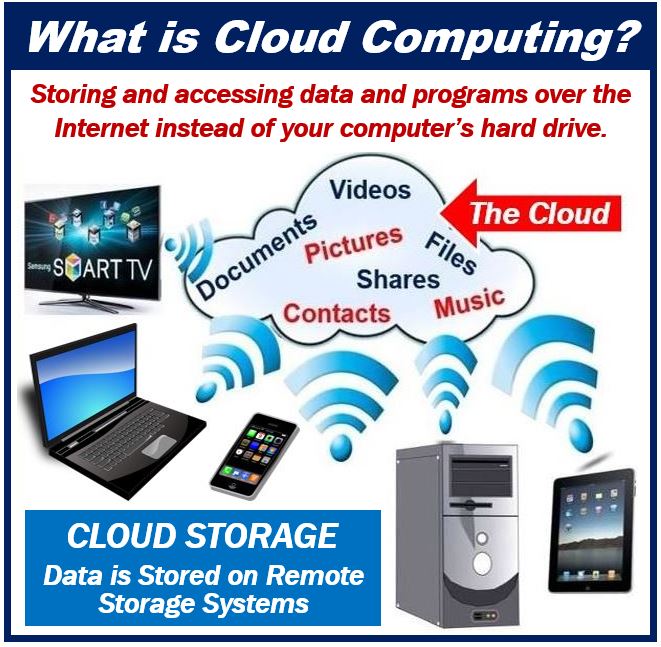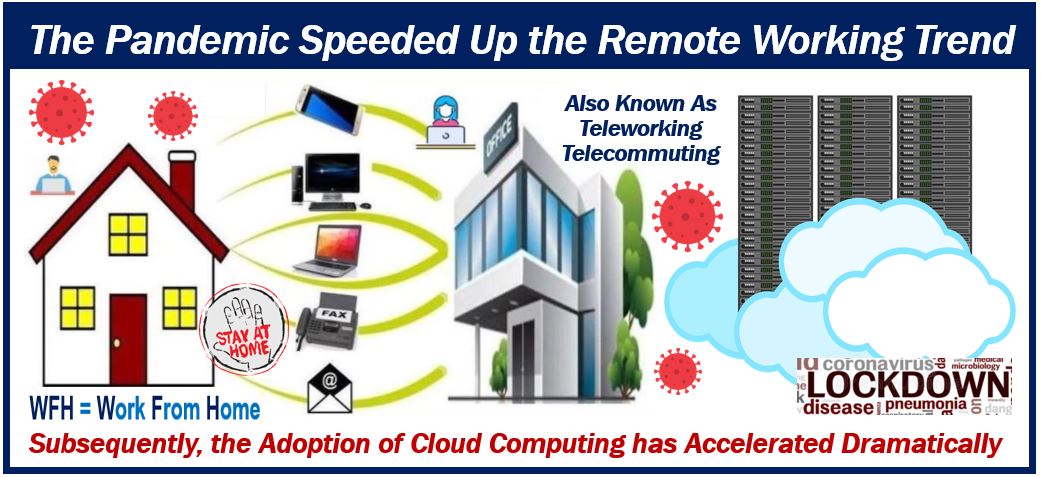Some innovations make a real impact, changing our lives in very noticeable and meaningful ways.
In the 21st century, the advent of the smartphone, intertwined so effortlessly with another culture-shaping innovation — social media — became the building blocks of a new generation. Other examples, like electric cars, virtual reality, and smart assistants are all doing their bit to redefine the way we live as well.
There are some technologies, however, that have more subtle impacts.

They aren’t big and showy, but their presence has no-less of an effect on our lives. Cloud technology is without a doubt, the best example of this. From the background, running in the shadow of our favourite apps and most essential software, the cloud has brought us no end of opportunity to explore ways of computing that would simply not be possible without it.
It all started with finding new ways of storing data, but now encompasses many different applications, everything from design tools to document creation. And, as with those more attention-grabbing technologies, cloud computing is far from reaching its peak.
The future of the cloud promises to continue to change the way we live and work, but what can we expect to see in the near future?
The Rise of Cloud Desktops

In 2019, IBM reported on the lack of cloud-software uptake in work environments. However, following the COVID-19 pandemic, cloud adoption rates accelerated dramatically, with 82 per cent of businesses increasing their investment in this technology. Now that so many employees are working remotely, one particularly valuable setup is cloud desktops — otherwise referred to as Desktop-as-a-Service or DaaS.
DaaS allows users to have a modest and very affordable setup of a monitor, keyboard, mouse and a very basic software client. This software client replaces what we’d call “the computer” and simply controls the peripherals — while providing web access to connect the monitor to far more advanced software systems through the cloud.
Staff effectively stream their workstations like an interactive Netflix show.
Remote work will continue to be the dominant working lifestyle for many industries after the resolution of the coronavirus crisis — one-third of firms will carry on the practice, which equates to many millions of workers.
Since it’s no longer feasible to have local and in-house technology applications providing workers with their software functionality, cloud desktops offer an easy way to keep users connected to all their necessary programs — without having to provide powerful hardware and a variety of systems installed on every device used by remote working employees.
The Hybridisation of Cloud Content
Cloud software experts have different ideas of where things might eventually go, but one aspect of cloud computing universally agreed upon is that hybridisation of systems is going to be the tool that takes us there.
Cloud software often lives as a closed system. It does what it does, and it does it very well, but it exists within its own box. To get all the services you need, you require different cloud software. This essentially means you start stacking up box after box. Every time you need to do something, you open the box you need; when you’re done, you put it back and move onto the next box.
But modern computer systems — local office server-based systems — are not built this way. Everything is in the same box, just located in a different space within it.
Whether it’s data storage, customer data acquisition or task-completion applications, businesses need multi-purpose cloud tools that serve their needs, just as their previous systems did. They need centralisation of their software. Everything under one roof.
Hybridisation of the cloud will help meet changing demands and is forecast to be potentially the most influential and wide-spread concept set to impact the future of cloud computing.
Collaboration between Cloud Services
In a move that goes hand-in-hand with the desire to hybridise cloud software, the future of the cloud is likely to see software developers open their tools to connect and collaborate with other platforms.
Currently, 94 per cent of workplaces source cloud software resources from multiple vendors. These closed systems offer little in the way of connectivity or collaborative capabilities with other cloud software. Yet, consumers need to use these multiple systems, as no service offers a complete answer to their requirements.
Instead of attempting to become one-size-fits-all services, collaborative functionality presents developers with the opportunity to help their customers build their desired systems through multiple software. This strategy opens up access and makes it easier for businesses to share data across their supply chain and partner networks.
It benefits the consumer and reduces the risk of them switching cloud providers to align themselves with others in their industry. Since the sales model of many cloud software providers is based on increasing features and scale for their current users, keeping them on the system is essential.
Collaboration also aids better quality hybridisation by creating hybrid software built from different (and often specialist) developers, rather than having hybrid systems devised under one potentially more generalised provider.
The Cloud Will Transcend Its Own Namesake
Perhaps the most revolutionary technology of the 21st century, cloud-computing is set to overtake all modern ideas of computing. Currently, computers are almost exclusively about hardware, but as cloud technologies develop, hardware becomes completely obsolete, and instead, it is software that reigns supreme.
The concept of “cloud computing” is on track to become the only form of computing. You won’t have devices that run local software using advanced hardware. You’ll have devices with basic networking clients that connect to the cloud and access all software from there.
In that sense, cloud computing will cease to be “cloud computing” and simply become “computing”.
Interesting related article: “What is Teleworking?“

